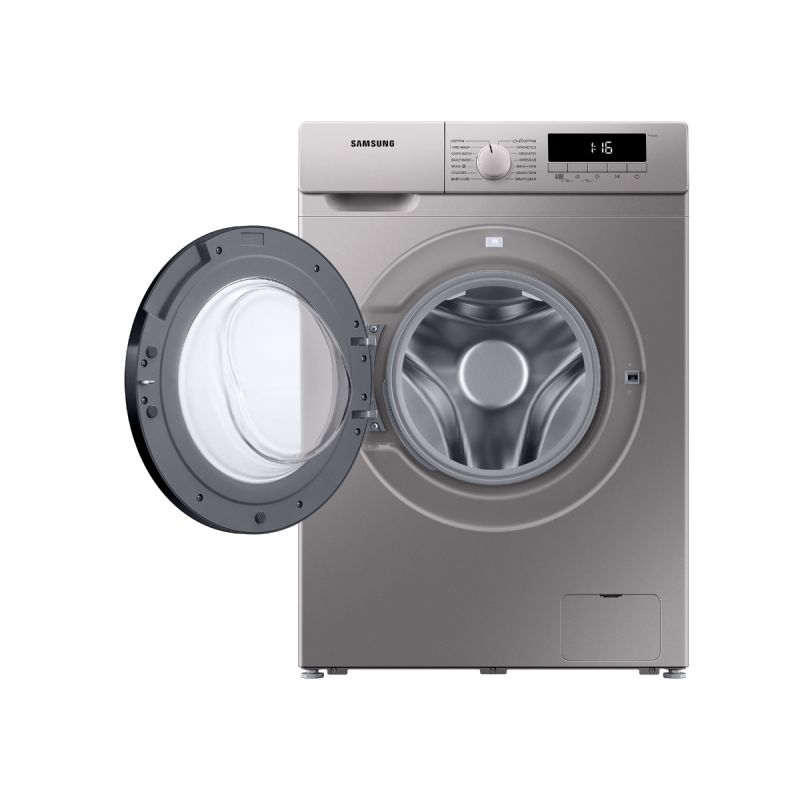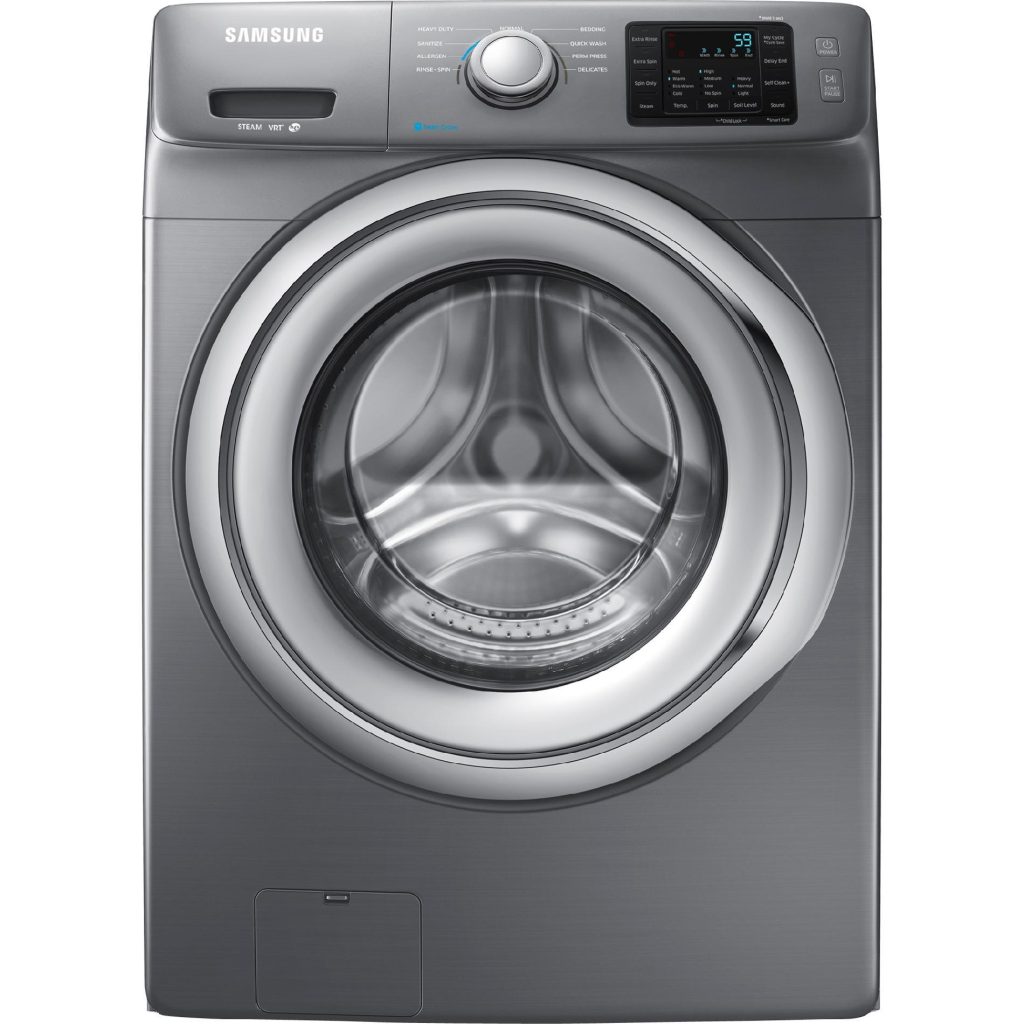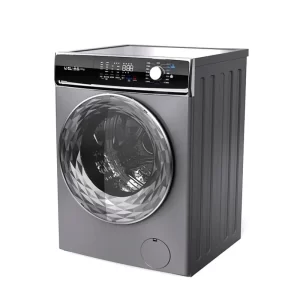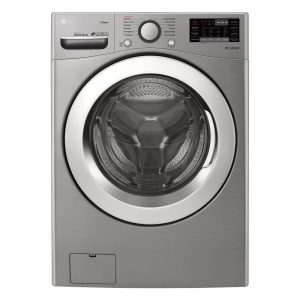Troubleshooting Samsung Washer Spin Issues
Experiencing a situation where your Samsung washing machine is not spinning and displaying no error code can be both frustrating and perplexing. This issue disrupts your laundry routine and leaves you unsure of the underlying problem. Fortunately, with a systematic approach, you can identify and resolve the causes behind a Samsung washing machine not spinning with no error code.
Common Causes of Samsung Washing Machine Not Spinning
Understanding the potential reasons why your Samsung washing machine isn’t spinning is the first step toward a solution. Various factors can contribute to this problem, ranging from simple user-related issues to more complex mechanical or electronic faults.
1. Unbalanced Load or Overloading
One of the most common reasons a washing machine fails to spin is an unbalanced load or overloading. When the drum is unevenly loaded, it can prevent the machine from completing the spin cycle effectively.
Signs of an Unbalanced Load:
- Clothes bunching on one side of the drum
- The machine making excessive noise during spinning
- Incomplete spin cycles
Solutions:
- Redistribute the clothes evenly inside the drum.
- Avoid overloading the machine; adhere to the manufacturer’s load capacity recommendations.
- Use smaller loads if necessary to prevent imbalance.
2. Door Lock Issues
Samsung washing machines are equipped with door lock mechanisms that ensure the door remains securely closed during operation. If the door lock is malfunctioning, the machine may halt the spin cycle as a safety precaution.
Indicators of Door Lock Problems:
- The machine not proceeding to the spin cycle
- Audible clicking sounds without the door unlocking
- Visible damage or wear on the door lock assembly
Troubleshooting Steps:
- Inspect the door lock for any physical damage or debris.
- Ensure the door is properly closed and latched.
- Test the door lock mechanism with a multimeter to check for continuity.
3. Motor Problems
The motor is the heart of the washing machine, responsible for driving the drum’s rotation during the spin cycle. If the motor is faulty, the machine may fail to spin without displaying an error code.
Potential Motor Issues:
- Burnt motor windings
- Faulty motor bearings
- Electrical connection problems
Diagnostic Procedures:
- Listen for unusual noises emanating from the motor during operation.
- Check the motor’s electrical connections for any loose or damaged wires.
- Use a multimeter to test the motor’s electrical components for continuity.
4. Drive Belt Issues
The drive belt connects the motor to the drum, enabling the transfer of power necessary for spinning. A worn or broken drive belt can prevent the drum from spinning correctly.
Signs of Drive Belt Problems:
- Squealing or squeaking noises during operation
- Visible wear, cracks, or fraying on the belt
- The drum not spinning despite the motor running
Solutions:
- Inspect the drive belt for signs of wear or damage.
- Replace the drive belt if any issues are detected.
- Ensure the replacement belt is compatible with your specific Samsung washing machine model.
5. Control Board Malfunctions
The control board acts as the brain of the washing machine, managing all its functions, including the spin cycle. A malfunctioning control board can disrupt the spinning process without necessarily triggering an error code.
Symptoms of Control Board Issues:
- Inconsistent or erratic machine behavior
- The machine not advancing through the wash cycles
- Failure of specific functions, such as spinning
Troubleshooting Steps:
- Unplug the machine and inspect the control board for visible signs of damage, such as burnt components or corrosion.
- Use diagnostic tools to assess the control board’s functionality.
- Replace the control board if it is confirmed to be defective.
6. Lid Switch Assembly Problems
The lid switch is a safety feature that ensures the machine’s lid is closed before spinning begins. If the lid switch is faulty, the washing machine may not initiate the spin cycle.
Indicators of Lid Switch Issues:
- The machine does not proceed to the spin cycle even when the lid is closed
- A clicking sound when attempting to start the spin
- Visible damage or wear on the lid switch
Solutions:
- Check the lid switch for proper alignment and functionality.
- Test the lid switch with a multimeter for continuity.
- Replace the lid switch if it fails the continuity test.
7. Blocked or Clogged Pump
A blocked or clogged pump can impede the machine’s ability to drain water, which is essential before initiating the spin cycle. If the machine cannot drain properly, it may halt before spinning.
Signs of a Clogged Pump:
- Water remaining in the drum after the wash cycle
- Unusual noises coming from the pump area
- The machine not progressing to the spin cycle
Troubleshooting Steps:
- Inspect the pump for any obstructions or debris.
- Clean the pump and filter to ensure proper water drainage.
- Replace the pump if clogging issues persist despite cleaning.
8. Leveling of the Machine
An improperly leveled washing machine can cause vibrations and prevent the drum from spinning effectively. Ensuring that the machine is balanced can resolve spinning issues.
How to Check Leveling:
- Use a spirit level to assess the machine’s horizontal and vertical balance.
- Adjust the machine’s feet to stabilize it on an even surface.
- Verify that the machine remains level during operation.
Step-by-Step Troubleshooting Guide
To effectively address the issue of a Samsung washing machine not spinning without displaying an error code, follow this comprehensive troubleshooting guide:
Check for an Unbalanced Load
- Open the washing machine and inspect the distribution of clothes.
- Remove any heavy items that might be causing imbalance.
- Restart the machine to see if the spin cycle initiates properly.
Ensure the Door is Securely Locked
- Close the washing machine door firmly.
- Listen for a clicking sound indicating the door lock has engaged.
- Attempt to start the spin cycle again.
Inspect the Drive Belt
- Unplug the washing machine from the power source.
- Remove the back panel to access the drive belt.
- Examine the belt for signs of wear or damage.
- Replace the belt if necessary.
Test the Lid Switch
- Locate the lid switch assembly, usually found near the top of the machine.
- Disconnect the lid switch and test it with a multimeter.
- Replace the lid switch if it does not show continuity.
Examine the Pump for Blockages
- Access the pump area by removing the machine’s front panel.
- Check for any obstructions or debris blocking the pump.
- Clean the pump thoroughly to ensure it operates smoothly.
Assess the Control Board
- Inspect the control board for visible damage.
- Use a diagnostic tool to evaluate the control board’s functionality.
- Replace the control board if necessary.
Verify Machine Leveling
- Place a spirit level on top of the washing machine.
- Adjust the machine’s feet to achieve proper leveling.
- Secure the feet to prevent future imbalance.
Check the Motor Functionality
- Listen for unusual noises from the motor during operation.
- Test the motor’s electrical connections for continuity.
- Replace the motor if defects are detected.
Preventive Measures to Avoid Future Spinning Issues
Maintaining your Samsung washing machine properly can prevent issues related to spinning failures. Implementing the following preventive measures can enhance the machine’s longevity and performance.
1. Avoid Overloading the Machine
Overloading can strain the washing machine’s components and lead to imbalances. Always adhere to the manufacturer’s recommended load capacities to ensure optimal performance.
2. Distribute Clothes Evenly
Ensuring that clothes are evenly distributed within the drum prevents imbalances that can disrupt the spin cycle. Mixing different types and sizes of garments can aid in achieving a balanced load.
3. Regularly Clean the Pump and Filter
Debris accumulation in the pump and filter can impede water drainage, affecting the spin cycle. Regularly inspect and clean these components to maintain efficient operation.
4. Keep the Machine Level
An unlevel washing machine can cause vibrations and imbalance during spinning. Regularly check and adjust the machine’s leveling to keep it stable.
5. Use the Appropriate Detergent
Using the correct type and amount of detergent ensures proper foam levels, preventing excessive suds that can interfere with drainage and spinning.
6. Schedule Routine Maintenance
Periodic professional maintenance can identify and rectify potential issues before they escalate, ensuring the washing machine operates smoothly.
When to Call a Professional Technician
While many spinning issues can be resolved through basic troubleshooting, certain situations require professional expertise. Consider contacting a certified technician if:
- The problem persists after attempting all troubleshooting steps.
- You detect complex electrical issues or damaged components.
- You are uncomfortable performing internal inspections or repairs.
- The washing machine is still under warranty, and you prefer not to void it by self-repair.
A professional technician can accurately diagnose the problem, perform necessary repairs, and ensure that your Samsung washing machine operates efficiently.
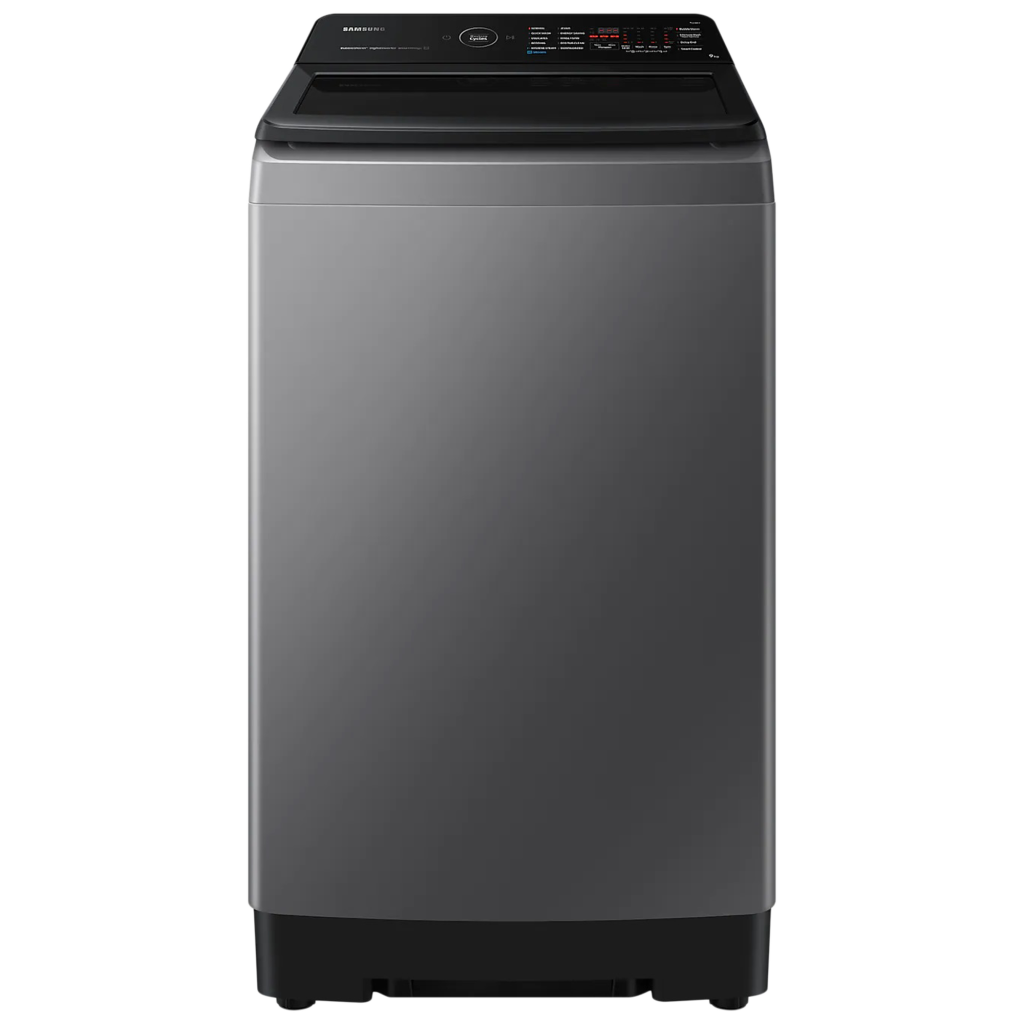 Frequently Asked Questions (FAQs)
Frequently Asked Questions (FAQs)
Q1: Why is my Samsung washing machine not spinning but still draining water?
If the machine is draining but not spinning, it may indicate an issue with the drive belt, motor, or control board. Inspect these components to identify and address the problem.
Q2: Can a faulty sensor prevent the washing machine from spinning?
Yes, sensors like the lid switch or load sensor can prevent the spin cycle if they malfunction. Testing and replacing faulty sensors can resolve the issue.
Q3: How often should I clean my washing machine’s filter?
It’s advisable to clean the washing machine’s filter every one to three months, depending on usage, to prevent blockages and ensure efficient operation.
Q4: Is it safe to continue using a washing machine that isn’t spinning properly?
Continuing to use a washing machine that isn’t spinning can exacerbate the problem and potentially cause further damage. It’s best to address the issue promptly to avoid additional complications.
Q5: Can power surges affect my washing machine’s ability to spin?
Yes, power surges can damage electronic components like the control board, impacting the washing machine’s functionality, including the spin cycle.
Conclusion
Encountering a situation where your Samsung washing machine is not spinning and displaying no error code can be daunting. However, by systematically examining potential causes—from unbalanced loads and door lock issues to motor malfunctions and control board failures—you can identify and resolve the problem effectively. Remember to implement preventive measures, such as avoiding overloading and maintaining regular maintenance, to safeguard your washing machine’s performance. If troubleshooting steps do not yield results, seeking assistance from a professional technician ensures that your Samsung washing machine not spinning with no error code is addressed accurately and efficiently.
